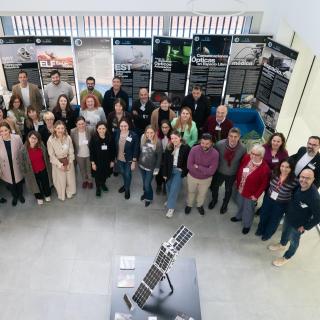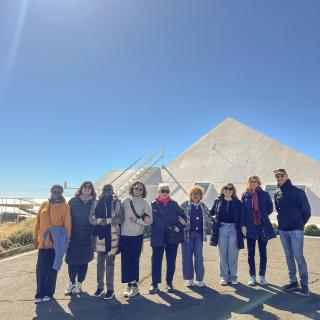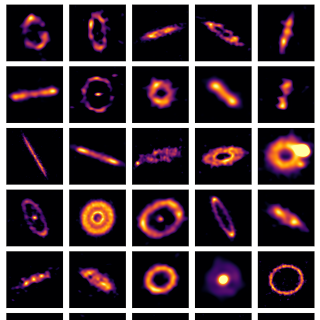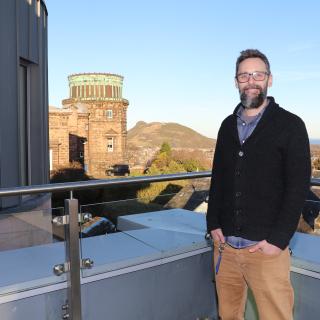
El Instituto de Astrofísica de Canarias (IAC) acoge el encuentro “Sinergias para el éxito: maximizando oportunidades de financiación mediante la colaboración estratégica”, organizado por el consorcio europeo Widera.net y por el propio IAC con el objetivo de dar a conocer a los agentes de I+D+i las oportunidades que brinda el programa Widenning. El evento, que contará con participación presencial e híbrida, está diseñado para mejorar las capacidades de instituciones y autoridades en la preparación de propuestas competitivas y en el aprovechamiento de sinergias entre programas europeos de
Advertised on




